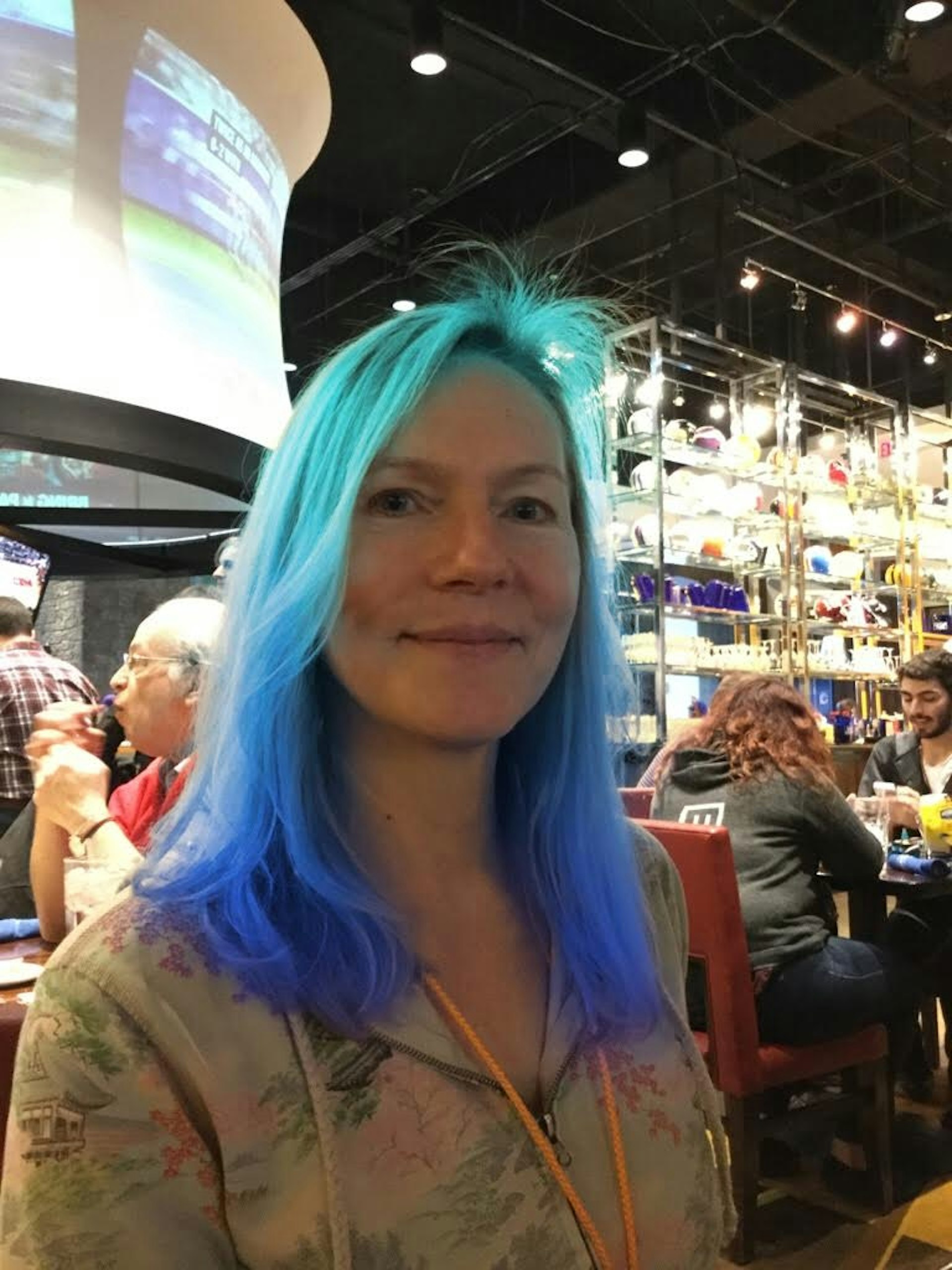
Blog
View all
Product
Tech trends and challenges in the retail industry
Tomorrow, as you undoubtedly know, is day-one of an annual two-day retail event known as “Amazon Prime Day”. Two days of frenetic consumerism that stress Amazon’s architecture in much the same way that Black Friday and Cyber Monday stress the whole retail industry. In 2018 Amazon’s site served a 404 error for hours on Prime Day. But there’s no need to pick on Amazon…J. Crew, Macy’s, H&M, Lowes and others have all endured costly downtime during peak traffic. Three years of masks and stay-at-home mandates forced users to online shopping and forced retailers to scale their online operations to serve unprecedented customer volume. Some even had to establish their first-ever digital presence in order to survive widespread lockdowns that shuttered physical retailers. Survivability established, next came the need to meet equally unrelenting customer demands for fast and personalized user experiences across a vast spectrum of digital devices and platforms. Now elastic scalability, sophisticated personalization, and a seamless omnichannel experience are simply table stakes for modern retail organizations. That’s why choosing the right database infrastructure has become a business imperative. Not just to support surging high-transaction workloads, but also to ensure survival in the face of several dire trends facing retailers today.

Michelle Gienow
July 11, 2022
Product
SQL vs. NoSQL: Which is right for your workload?
In simple terms, a relational (SQL) database stores structured data that conforms to a predefined schema. A document-model (or NoSQL) database stores documents that may contain unstructured data without a schema. At least, that’s the way that these two database storage models have traditionally been discussed.

Jim Walker
July 7, 2022
applications
How to build a complete web app with Rails and CockroachDB
To show how easy it is to use CockroachDB in a real-world project, we’re going to build and deploy a production-ready application with basic CRUD functionality. Together, we’ll build a Ruby on Rails application that simulates a game leaderboard, using Active Record to talk with our CockroachDB Serverless database. Cockroach Labs maintains the ActiveRecord Adapter Gem, a direct extension of the PostgreSQL adapter. This makes it very straightforward to switch from a default option to CockroachDB. We’ll be using Ruby 3.0 to build a Rails app running Rails version 6.1.4. At the end of the tutorial, we’ll deploy the application to the internet on Heroku, which is running on AWS behind the scenes.
Rain Leander
July 6, 2022
Community
Culture
4 beginner-friendly coding livestreams to learn programming
These past two years have been a kind of golden age code livestreams. Stuck at home, developers took to their OBS setups to share their coding projects with their peers. And viewers tuned in to watch a fellow developer struggle through a programming issue, get stuck, google things, and eventually figure things out, and found their coding communities in the process.

Amruta Ranade
June 30, 2022
Product
What is the best price for performance CPU in 2022: AMD vs. Intel
One of the most interesting questions we get to dig into in our annual Cloud Report is which CPUs offer the best performance – and more importantly, the best price for performance – for large OLTP workloads. To answer that question (among others) we test dozens of instance types across the three major public clouds – AWS, GCP, and Azure.

Charlie Custer
June 29, 2022
System
What is SELECT FOR UPDATE in SQL (with examples)?
Relational databases are great for transactional workloads. But things can get messy when multiple transactions start trying to access the same data at the same time. Luckily, in many SQL databases there’s a solution for that: SELECT FOR UPDATE.

Charlie Custer
June 27, 2022
applications
How to build a multi-region Python app with CockroachDB, Django, and K8s
Learn how to make your Python application multi-region. And then learn how to domicile data at the row level for better application performance and compliance with regulations.
Mike Bookham
June 27, 2022
Product
Best practices for building a pain-free metadata store
What is metadata, exactly? Metadata is data about other data. That’s a very broad definition, though. When you start trying to get specific, it can get murky pretty quickly. In our experience with our customers, we see “metadata” commonly used to describe two different sorts of use cases

Charlie Custer
June 24, 2022
Product
Can I scale fast? Reliably? Globally?
We depend on financial companies and services to help us navigate just about everything — to the point where they’re basically a form of critical infrastructure, at least existentially speaking. (Try to imagine getting through the rest of your day right now if your credit card froze or your financial services were suddenly unavailable. Do you have enough cash on you to buy lunch, or a ticket/tank of gas to drive home?). In such a complex and far-reaching sector, there are many ways things can go wrong. And, unfortunately, as your platform/application/services grow, the number of possible stress points scales right along with them.

Michelle Gienow
June 23, 2022
Get started for free









